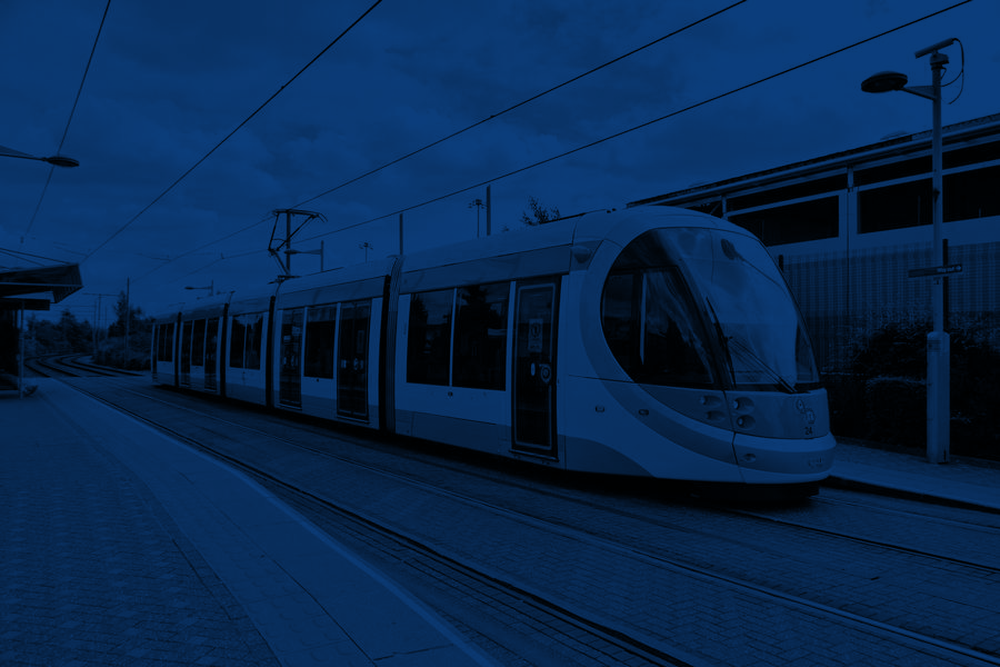The successful completion of a pioneering project looks set to help overcome some of the barriers to the further expansion of light rail in the UK.
As part of the £3 million Low Impact Light Rail (LILR) Competition led by UKTram – the organisation representing the country’s light rail sector – seven innovations that could speed up and reduce the cost of network construction, or lower operating and energy costs, were successful in making the demonstration phase.
“Trams are increasingly popular with the public, with passenger numbers on the up, but their expense and long build time represent major barriers to the introduction or expansion of light rail networks in our cities,” explained James Hammett, Managing Director of UKTram.
“The technologies showcased in the LILR competition show that solutions to these challenges are possible, with the potential to make light rail an even more attractive option for cities looking to provide clean reliable public transport.”
For example, the Precast Advanced Track (PCAT) – seen in this timelapse video – uses macro-synthetic fibres to reinforce precast concrete slab track structures. These can be easily installed, removed and replaced for rapid construction and easy maintenance.
Other highlighted technologies included the Ultralite Track from EM Track Alliance and the Trackform Integrated Modular Light Rail Construction Systems from Costain, both of which were displayed alongside PCAT at last year’s Rail Live at the Quinton Rail Technology Centre in Long Marston, where they remain on display.
In addition to these three solutions, the other technologies explored as part of the project included:
- More Energy Efficient Trams (University of Birmingham)
- Composite Overhead Line Structures (Brecknell Willis)
- Optimum Rail Wear Limits (University of Huddersfield)
- Weld Restore (ARR Rail Solutions)
“Installing light rail in our urban areas helps improve air quality, cut congestion, and drive investment. This innovative competition has laid the foundations for future research and shows what can be achieved when the industry works together,” concluded Mr Hammett.

